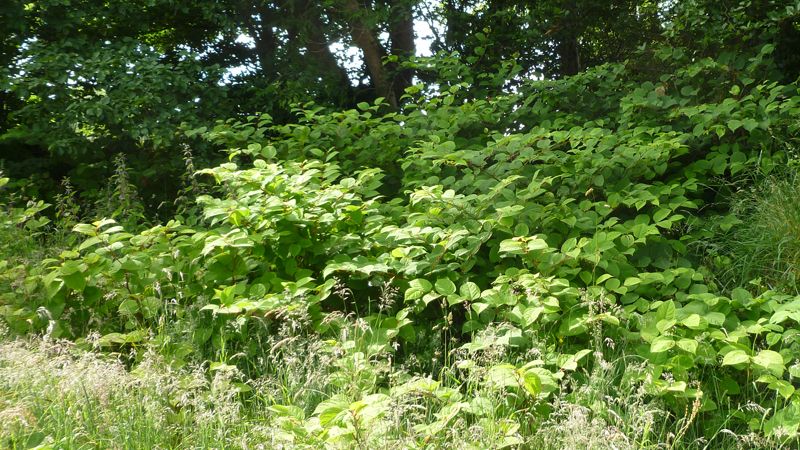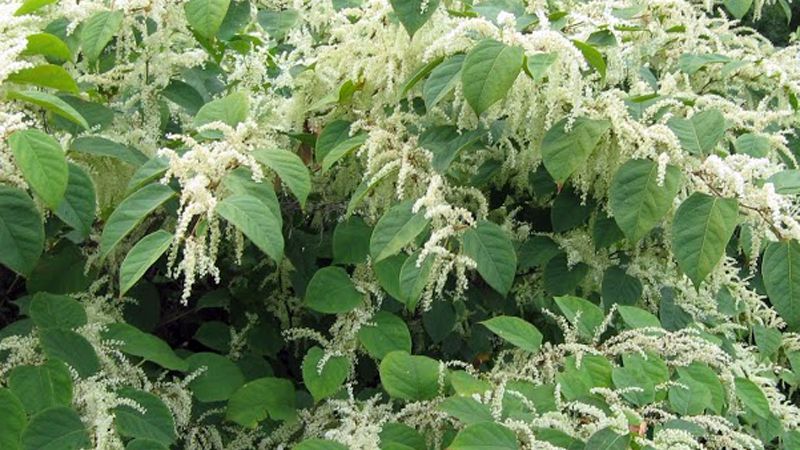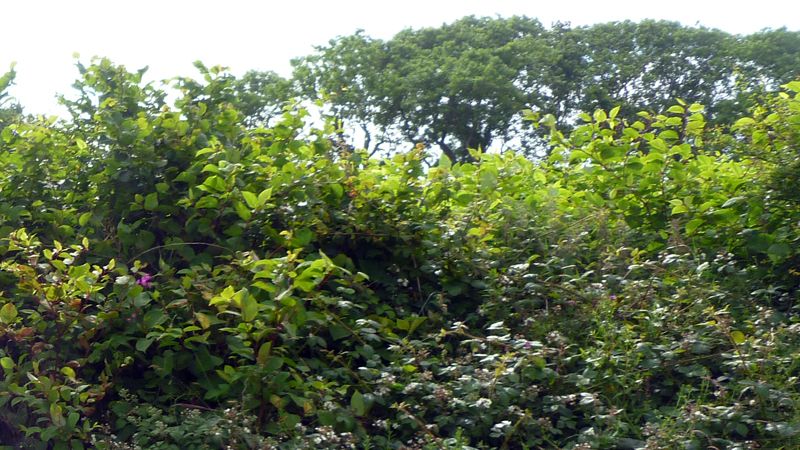There are a number of options for knotweed treatment, with comprehensive guidance set out online by the government. Often a combined approach of spraying with herbicide, and herbicide stem-injection, is used by contractors. Of course the more intrusive the solution, the more costly and potentially more damaging to the land itself. Wholesale excavation and removal of the site on which the knotweed stands, for example, can be effective but can result in removal of adjacent hedgerows and fencing, with associated ecological impacts.
For landlords or agents of tenanted land, who find themselves in a position where management is required, there are a number of points to consider:
- In view of the significant expense involved in treatment, it is always worth checking the tenancy agreement to see whether the landlord or tenant bears the burden of treatment, or consider sharing the cost of the liability. It is also worth getting a number of contractor quotes for comparison purposes, and ensuring they have accreditation.
- The most effective time of the year to get contractors in place to commence treatment is July to September, as late springtime treatment may adversely affect pollinating insects, and during the winter period there are no leaves so the herbicide will have limited effect.
- The full programme of treatment will require repeat visits over a number of years, so landowners will need to accommodate this when negotiating arrangements with new or existing tenants.
- Signage and fencing should be a priority to prevent further spread, and any farming activity in the vicinity of the knotweed should be halted or kept to a minimum, since disturbed land and contaminated equipment can speed up the spread of the disease. Any sitting tenants should be asked to cordon off and avoid the knotweed areas until successfully treated.
Rhian Howells, Surveyor with Cooke & Arkwright’s Land Agency comments, “Landowners and property owners should be constantly alert for any appearance of knotweed - a fleshy red-tinged shoot with heart shaped green leaves - as it can appear without warning. Get expert advice as soon as possible as the earlier it is caught the better the chances of dealing with it successfully.”




